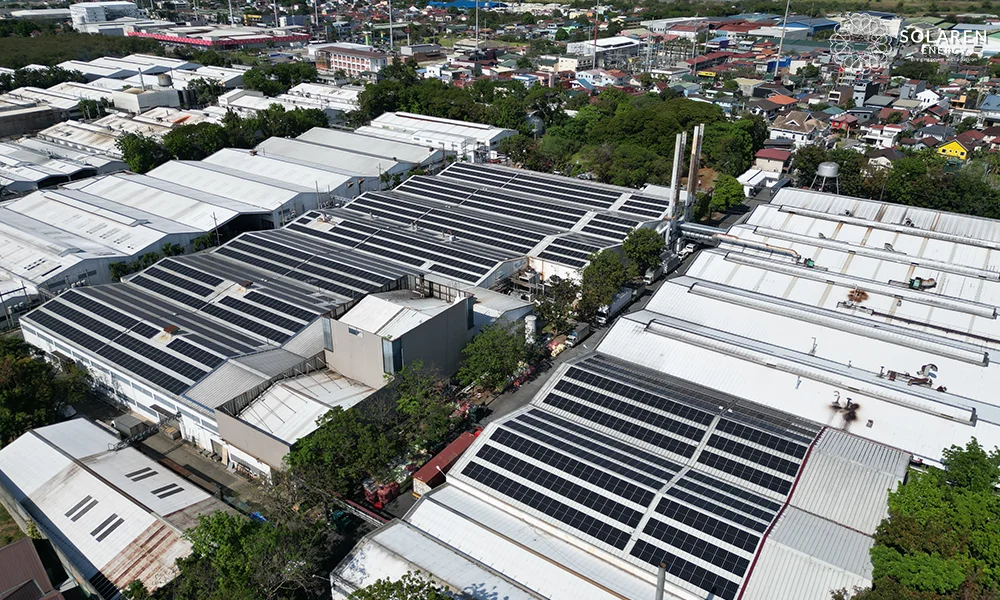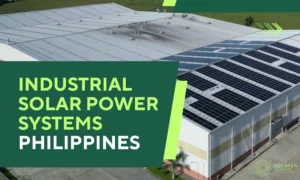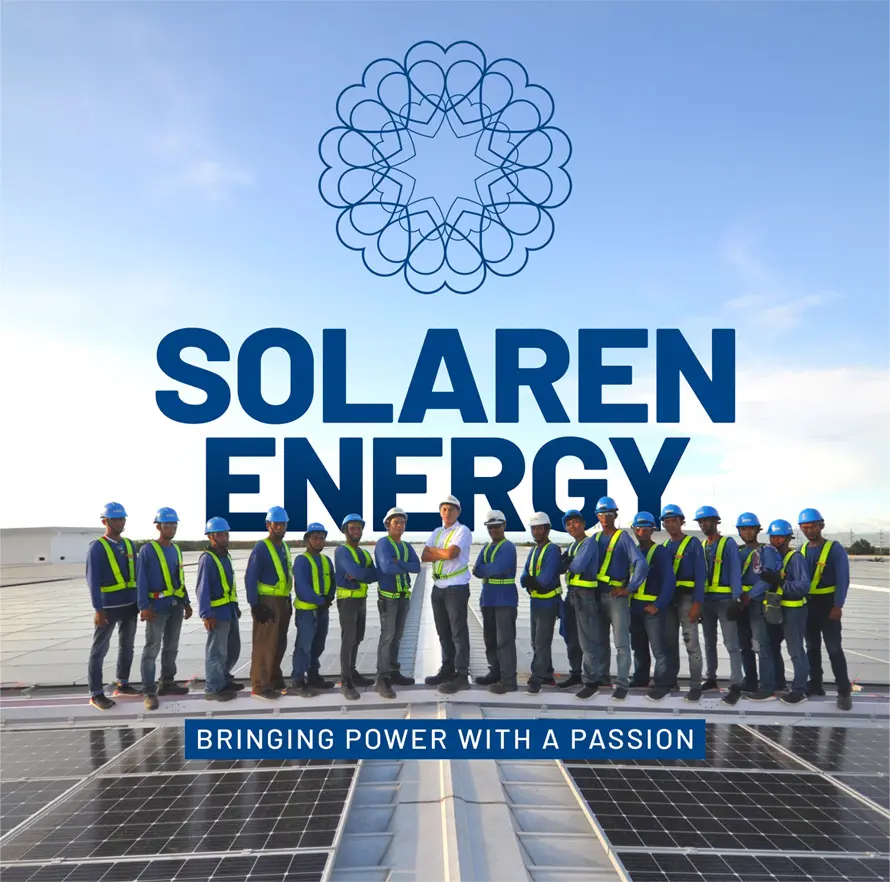Electricity rates in the Philippines continue to climb, and grid instability remains a constant threat to business continuity. In response, companies across sectors are turning to renewable energy storage solutions to take control of their power strategy. By combining commercial solar energy systems with intelligent battery storage, businesses are achieving deep cost reductions, often cutting electricity bills by half.
This shift isn’t theoretical or years away. It’s happening now and the savings are measurable.
Why Energy Storage Is the Missing Link
Solar panels generate the bulk of their output between late morning and early afternoon. But most commercial operations experience peak utility rates later in the day, when the sun is low or already set. Without storage, this mismatch means much of the value from solar is lost.
Energy storage solutions bridge that gap. Batteries store unused solar energy during the day and release it when demand and rates are highest. They also offer backup power during brownouts, ensuring business operations don’t grind to a halt when the grid fails.
What Businesses Gain from Renewable Energy Storage Solutions
- Lower Peak Charges: Stored energy is used during expensive late-day rate periods.
- Night-Time Solar Use: Stored solar isn’t wasted; it powers loads even after sunset.
- Improved Resilience: Critical systems stay online during unplanned grid outages.
- Net-Metering Revenue: Exporting stored solar after dark earns ₱5.638/kWh under current rules.
Technology Options for Philippine Businesses
Choosing the right battery technology is essential to maximizing ROI. Leading options include:
- Lithium-Iron-Phosphate (LFP): Over 6,000 cycles, low maintenance, and ideal for daily discharge cycles.
- Vanadium Flow Batteries: Excellent for large commercial applications requiring deep cycling and long life without degradation.
- Sodium-Ion: A fast-emerging, cost-effective option predicted to reshape the market from 2025 onward.
The optimal choice depends on your operational load, runtime needs, and budget. A knowledgeable renewable energy company Philippines like Solaren, can tailor the system to match your facility.
Case Study: Department Store in Davao
A large department store with three floors added a 300 kWh LFP battery to its existing 500 kW rooftop solar installation. The system now discharges from 4–9 p.m., dramatically reducing grid usage during peak hours. Results within one quarter included:
- 54% reduction in peak-hour consumption
- ₱1.2 million in savings
- Full outage protection for lighting, cooling, and POS
- Payback period of just 3.8 years
Why Net-Metering Still Matters
Even with energy storage, net-metering remains a key part of the financial picture. Businesses with systems below 100 kW AC can export excess power to the grid and receive credits. With storage, this export can be timed for evening hours, when grid demand rises, turning surplus energy into revenue.
How to Maximize Savings
A professional solar power company doesn’t just install panels and batteries. It performs a detailed energy audit to understand your 24-hour usage and design the most cost-effective system. Key design tips include:
- Size the battery to offset key loads, e.g. 240 kWh of storage for a site that uses 400 kWh at night.
- Utilize hybrid inverters that seamlessly manage both solar input and battery output.
- Add 20% headroom in battery capacity to extend service life and optimize performance.
Financing and Support
Renewable energy storage solutions are now more accessible thanks to financing and policy incentives:
- Projects may qualify for VAT-free importation under BOI programs
- Installations completed before December 2026 can receive up to 10% in green project grants
- Systems contribute to RPS compliance and may generate tradable green certificates
Many firms fold the cost of batteries into existing loans for their commercial solar energy systems, using 3–5 year terms at 6–8% APR. Often, the monthly savings exceed the loan payments, making storage upgrades immediately cash-flow positive.
Looking Ahead
Since 2019, battery costs have fallen by 11% annually. Industry analysts like BloombergNEF predict another 30% drop by 2028, especially as sodium-ion production scales up across Asia. Philippine companies that invest today not only benefit from early savings but also insulate themselves from future carbon levies and rising grid tariffs.
Final Thought
Renewable energy storage solutions aren’t just a way to enhance solar—they’re the key to unlocking its full financial and operational potential. From peak load shaving to revenue-generating exports and brownout protection, storage transforms how businesses power their operations.
Firms that act now position themselves ahead of rising rates and behind-the-scenes regulatory shifts. With the help of a seasoned solar installation Philippines partner, these businesses move confidently toward energy independence and cost control.








